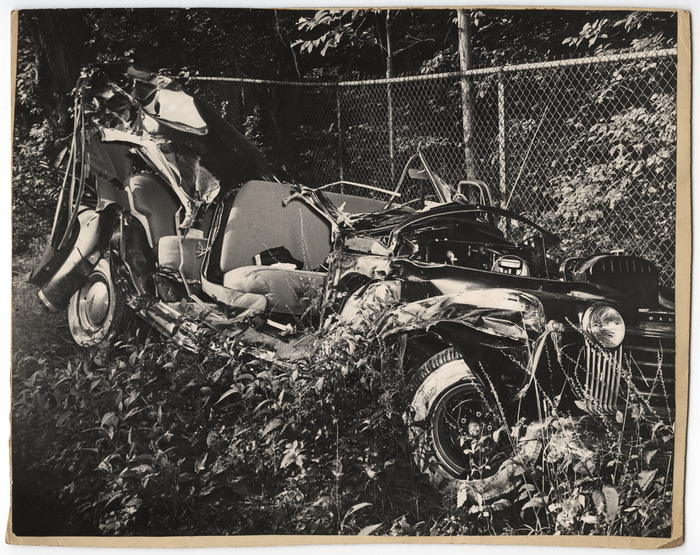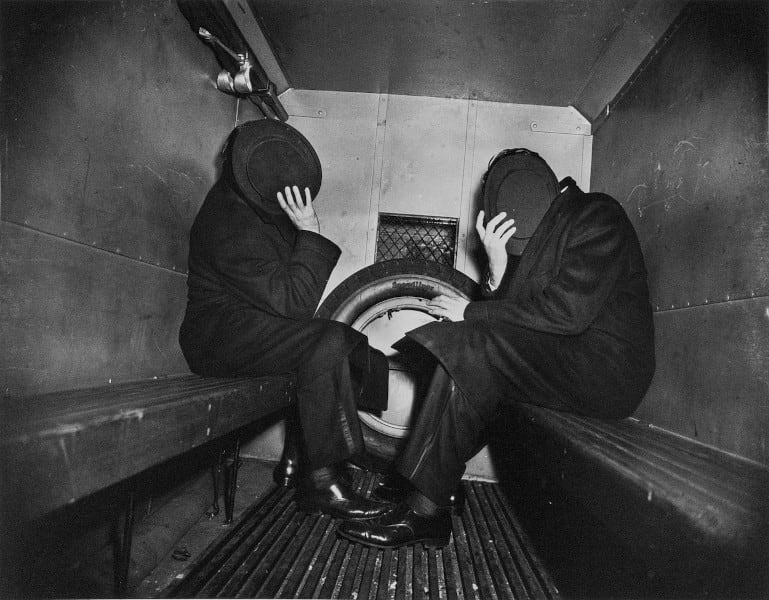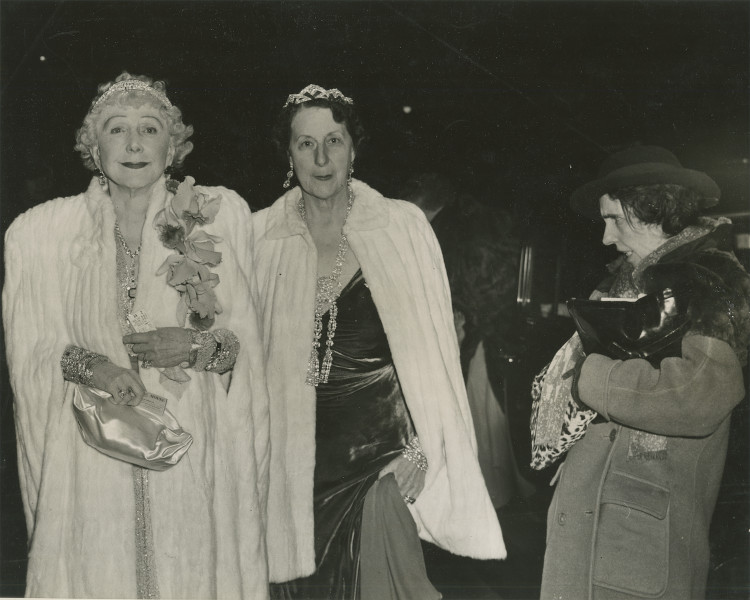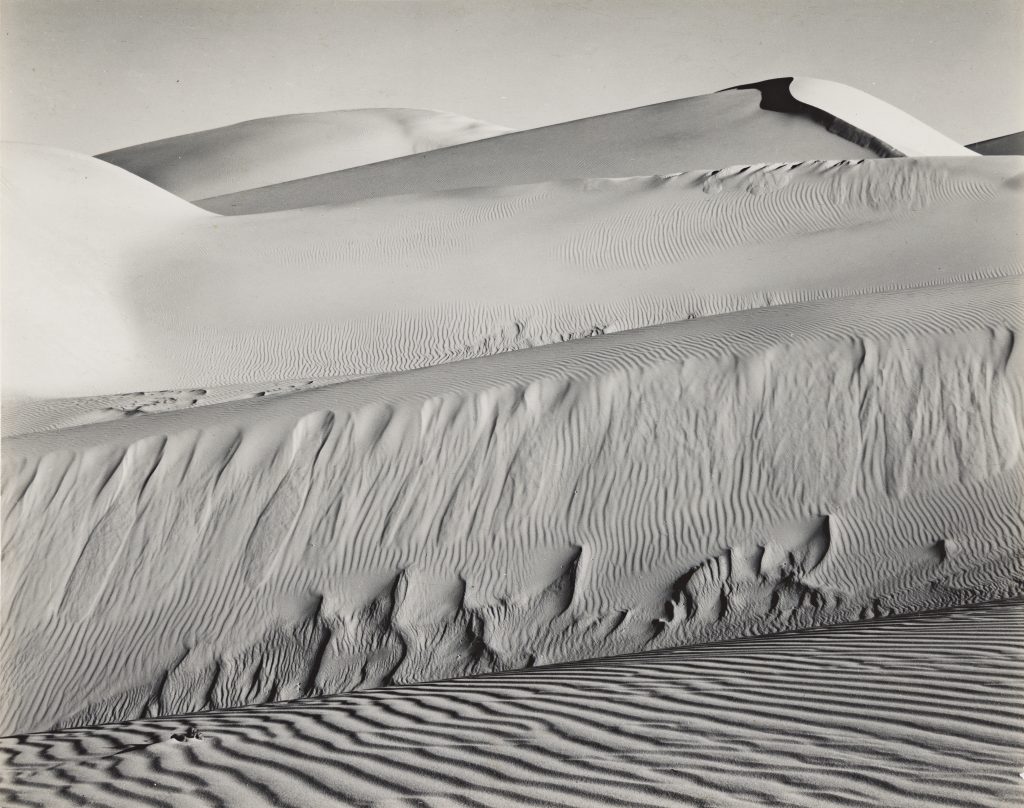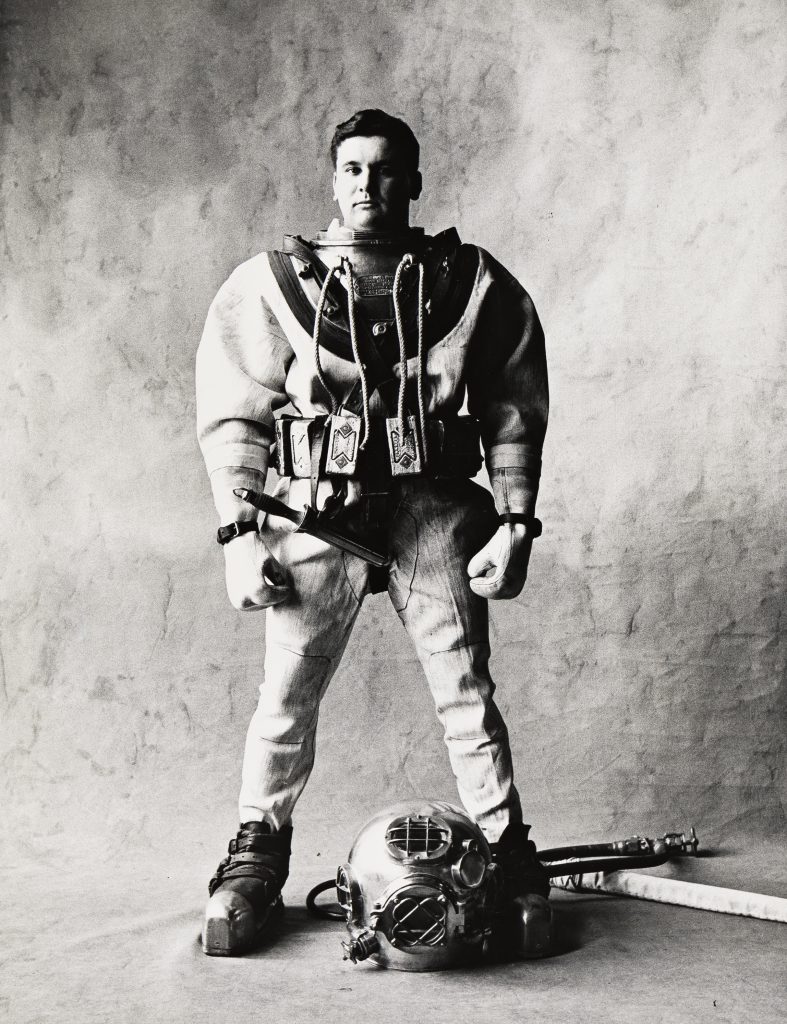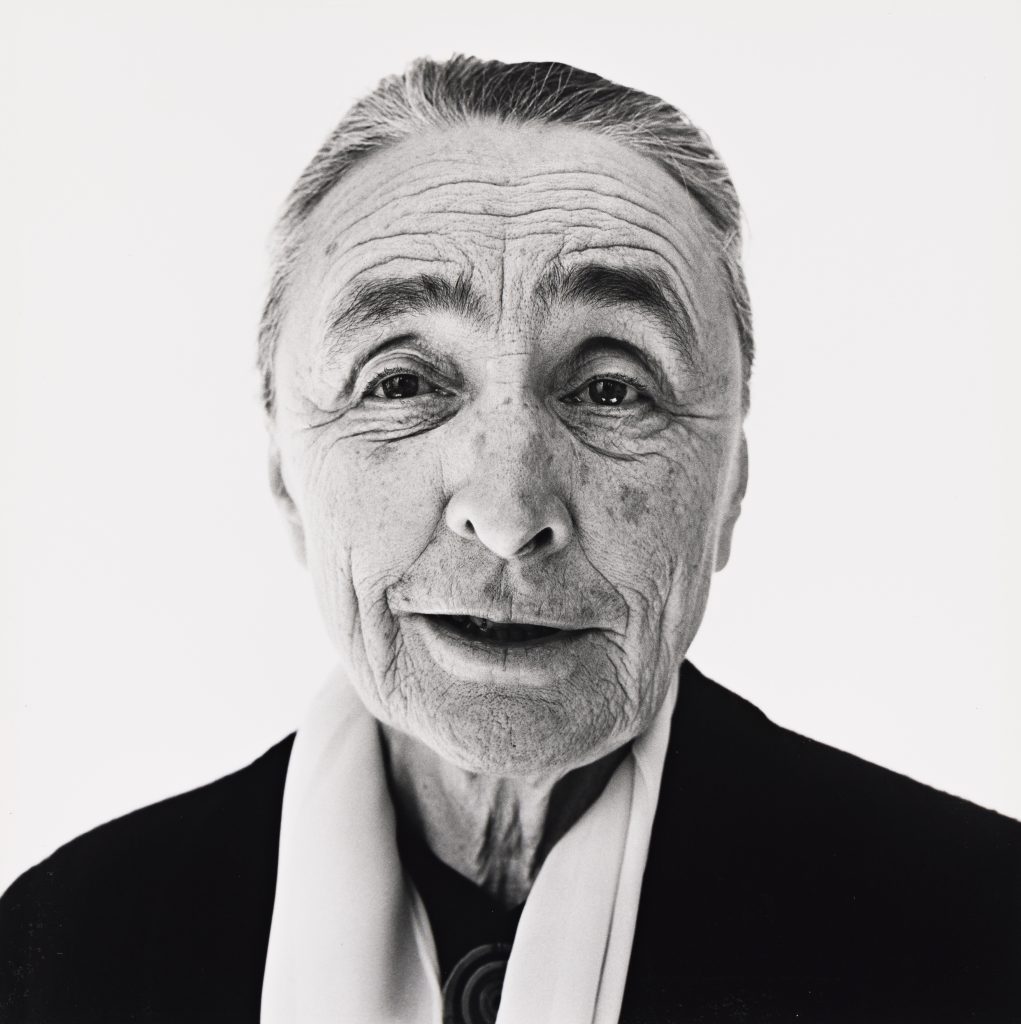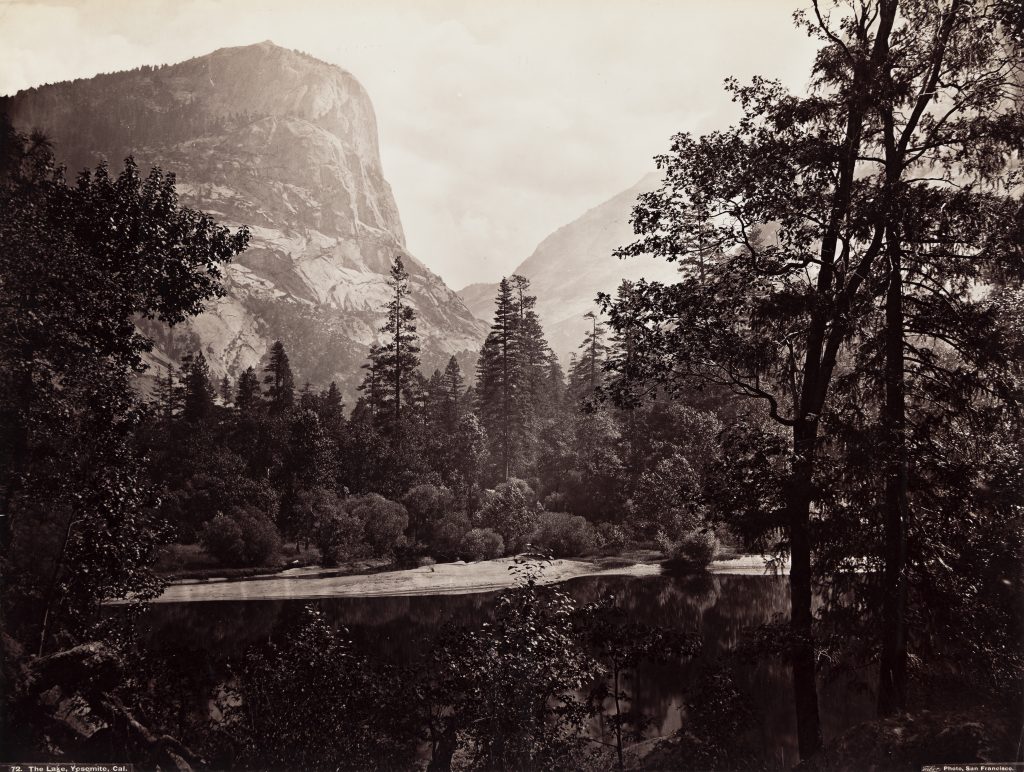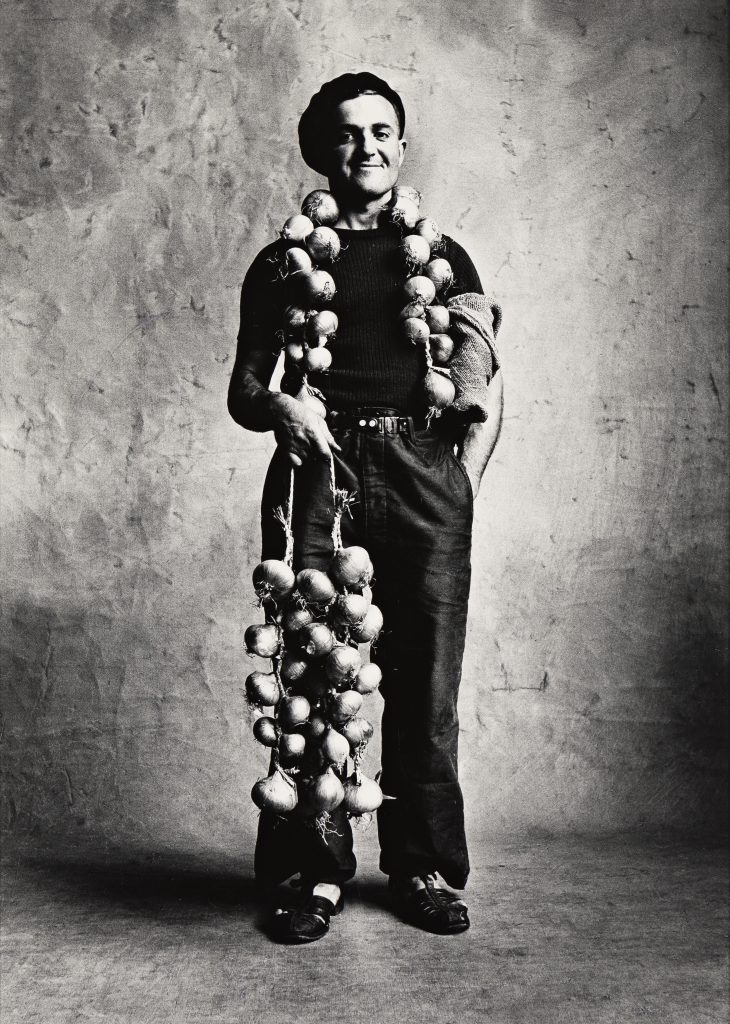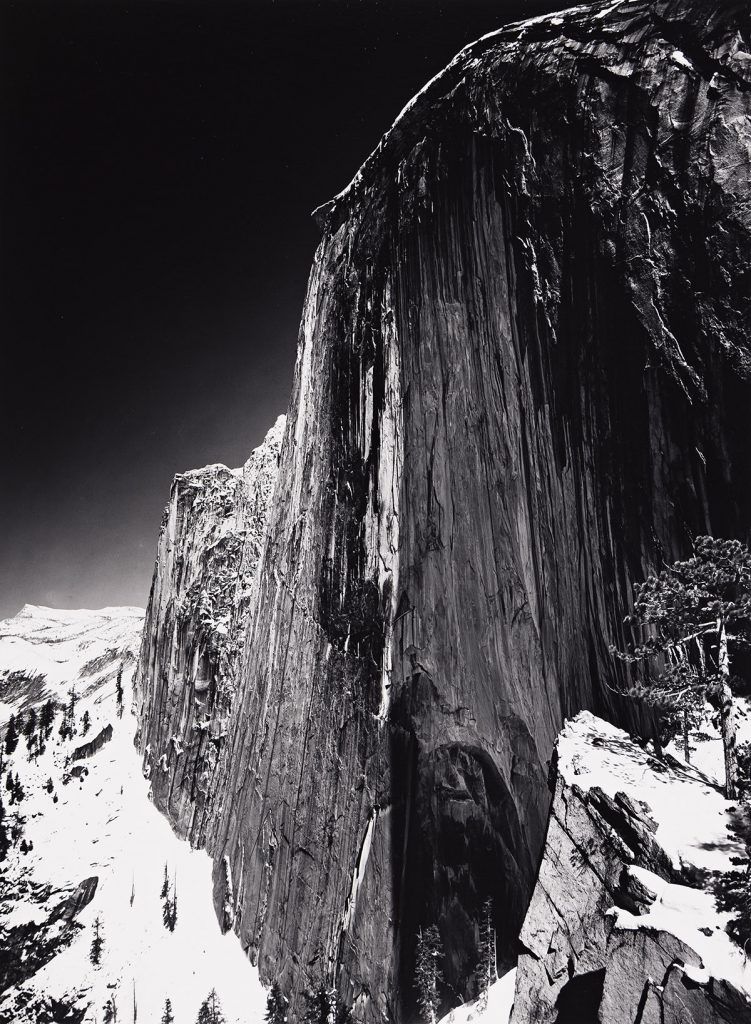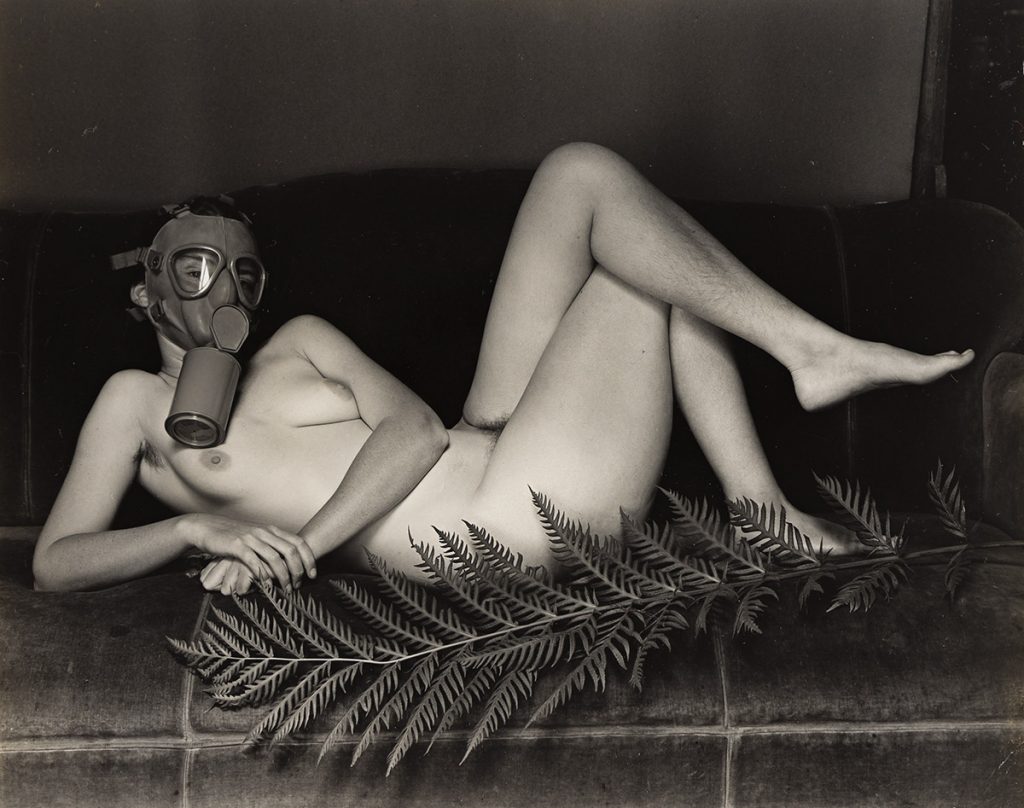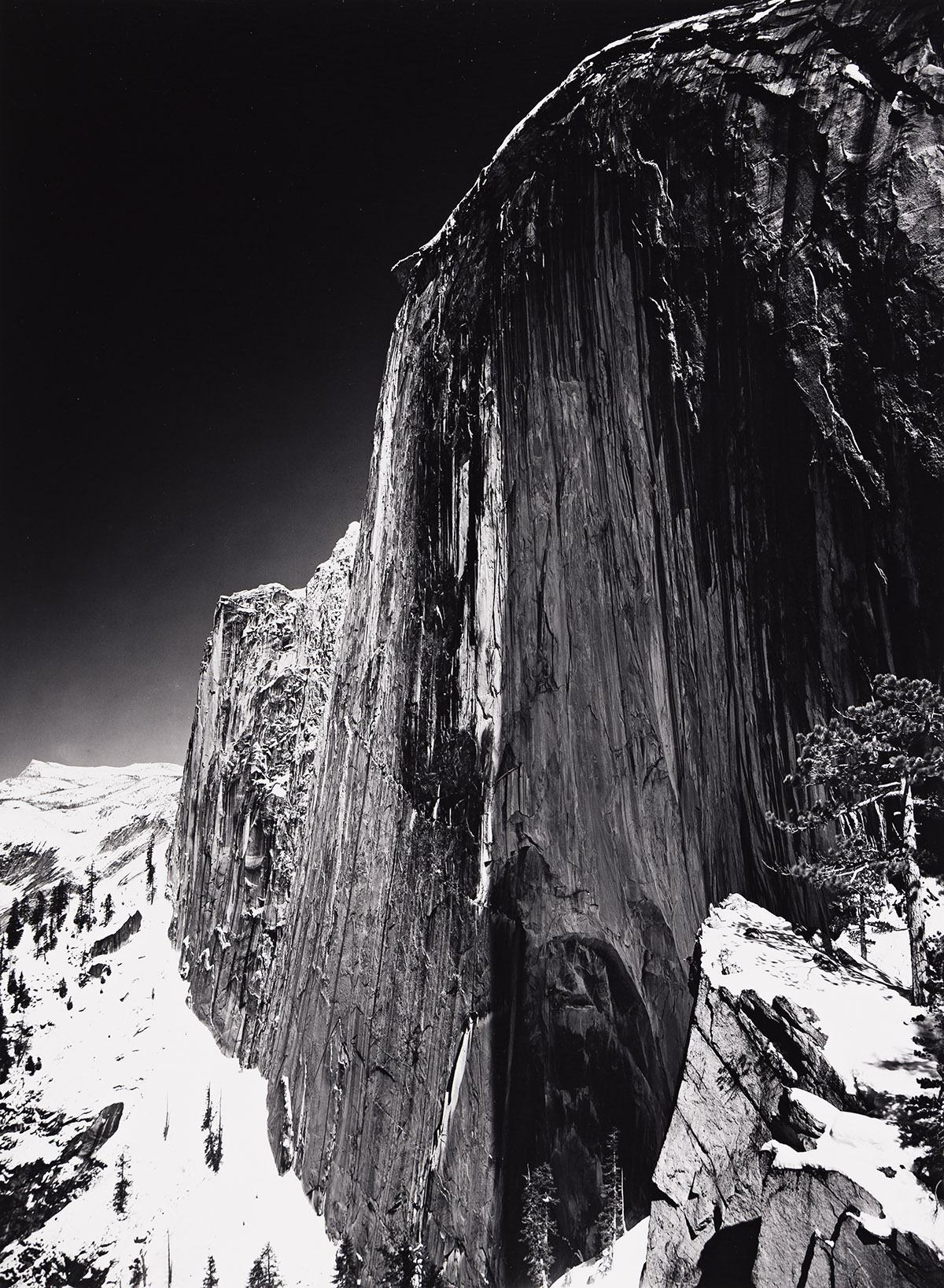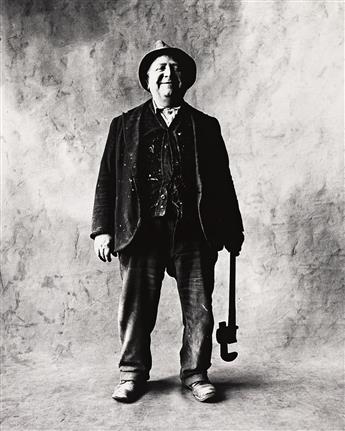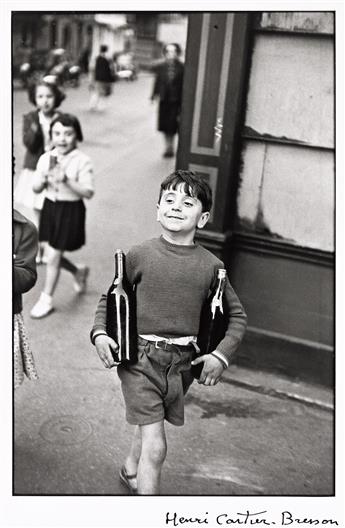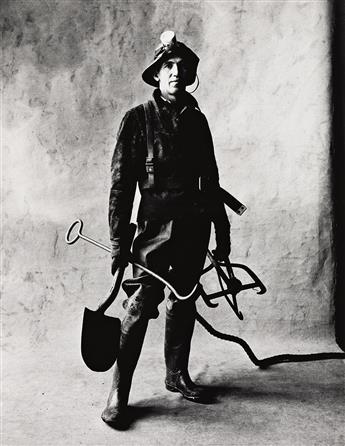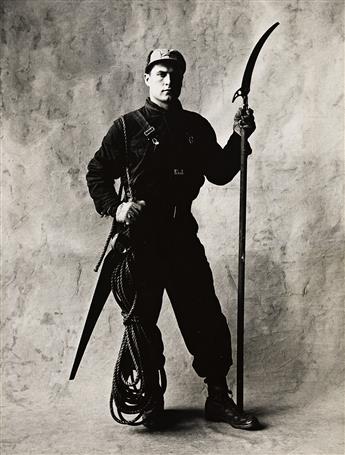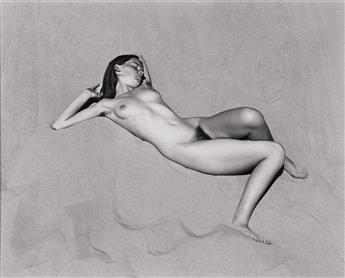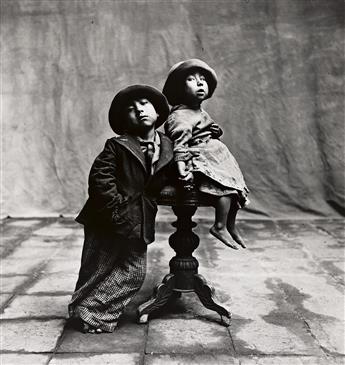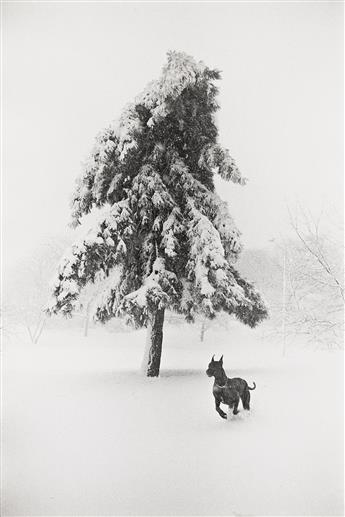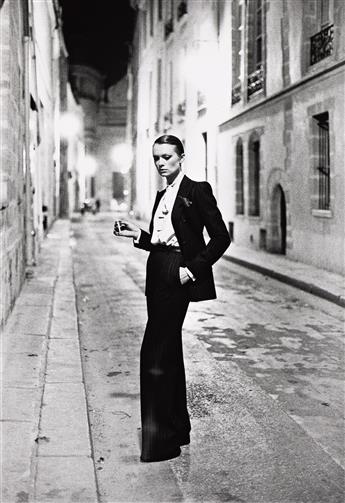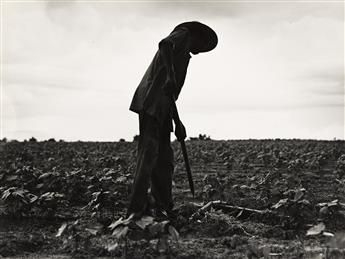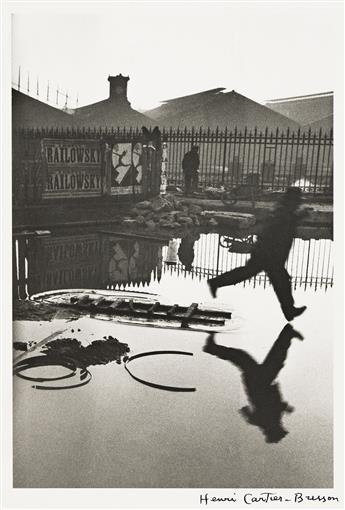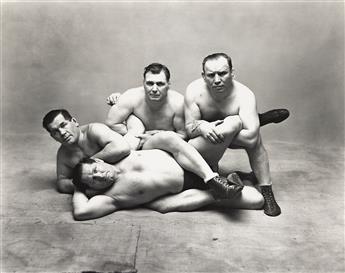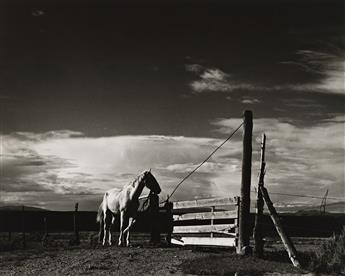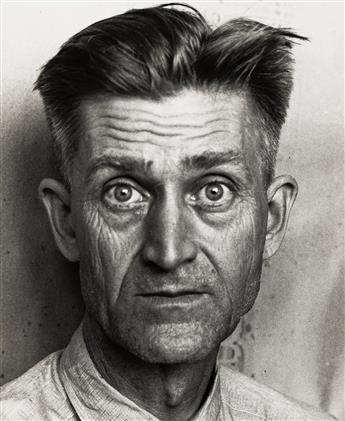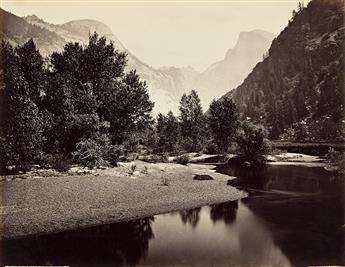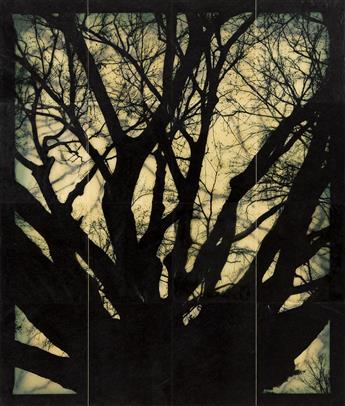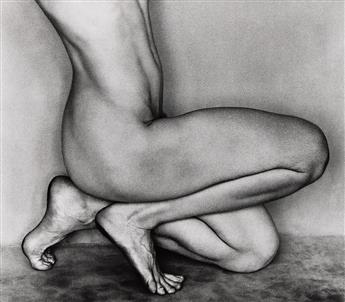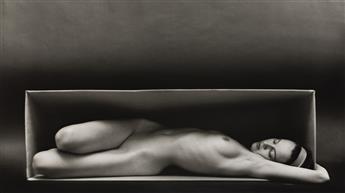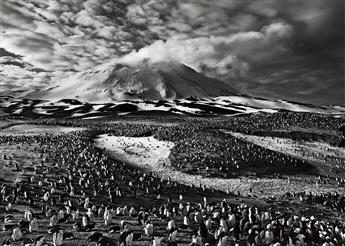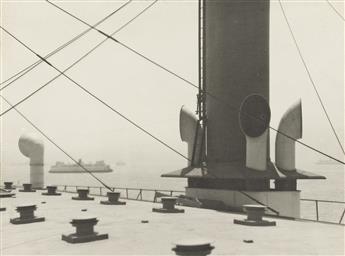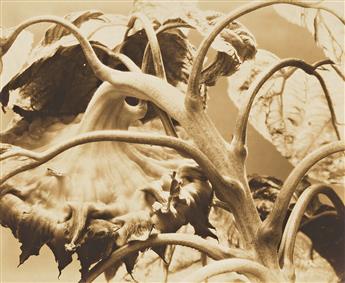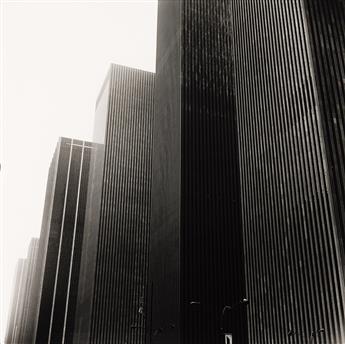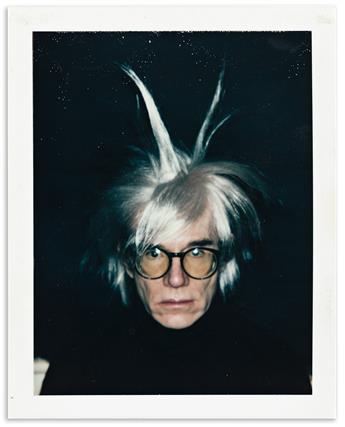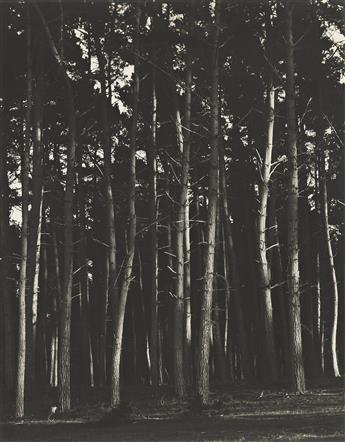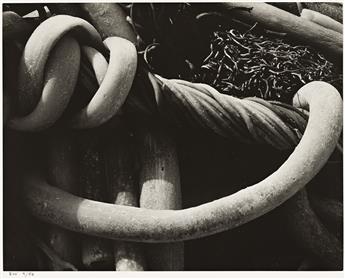Thaddaeus Ropac
27 January—13 March 2024
This exhibition is dedicated to a rarely-seen series of photographs by Irving Penn. Taken in 1967, the carefully composed images are the result of Penn’s collaboration with the Dancers’ Workshop of San Francisco, capturing the groundbreaking work of the American choreographer Anna Halprin. In addition to the photographic series, one of Irving Penn’s rare paintings is also part of the exhibition. Penn captured the dancers in his studio as they re-staged Halprin’s improvisational choreography, The Bath (1966). The group of 14 photographs, which were printed for the first time in 1995, highlight Halprin’s pioneering approach to movement and reveal a more experimental side to Penn’s practice. In its entirety, the series is exhibited for the first time in the German-speaking world. The summer of 1967 in San Francisco has become known as the ‘Summer of Love’. Young people converged on the city, drawn to its burgeoning counterculture that broke the taboos of American society, promoting community, altruism, mysticism and free love. Fascinated by the movement, Irving Penn travelled to the Bay Area the following September to document its participants with a series of group portraits to be published in Look magazine. He wanted, as he termed it, to ‘look into the faces of these new San Francisco people through a camera in a daylight studio, against a simple background, away from their own daily circumstances.’ At the heart of the avant-garde art scene in the 1960s was the Dancers’ Workshop of San Francisco. Their founder and choreographer, Anna Halprin, was a pioneer of postmodern dance. Her practice promoted healing and a sense of community through body awareness and improvised group interactions based on ritual, which radically changed modern dance.
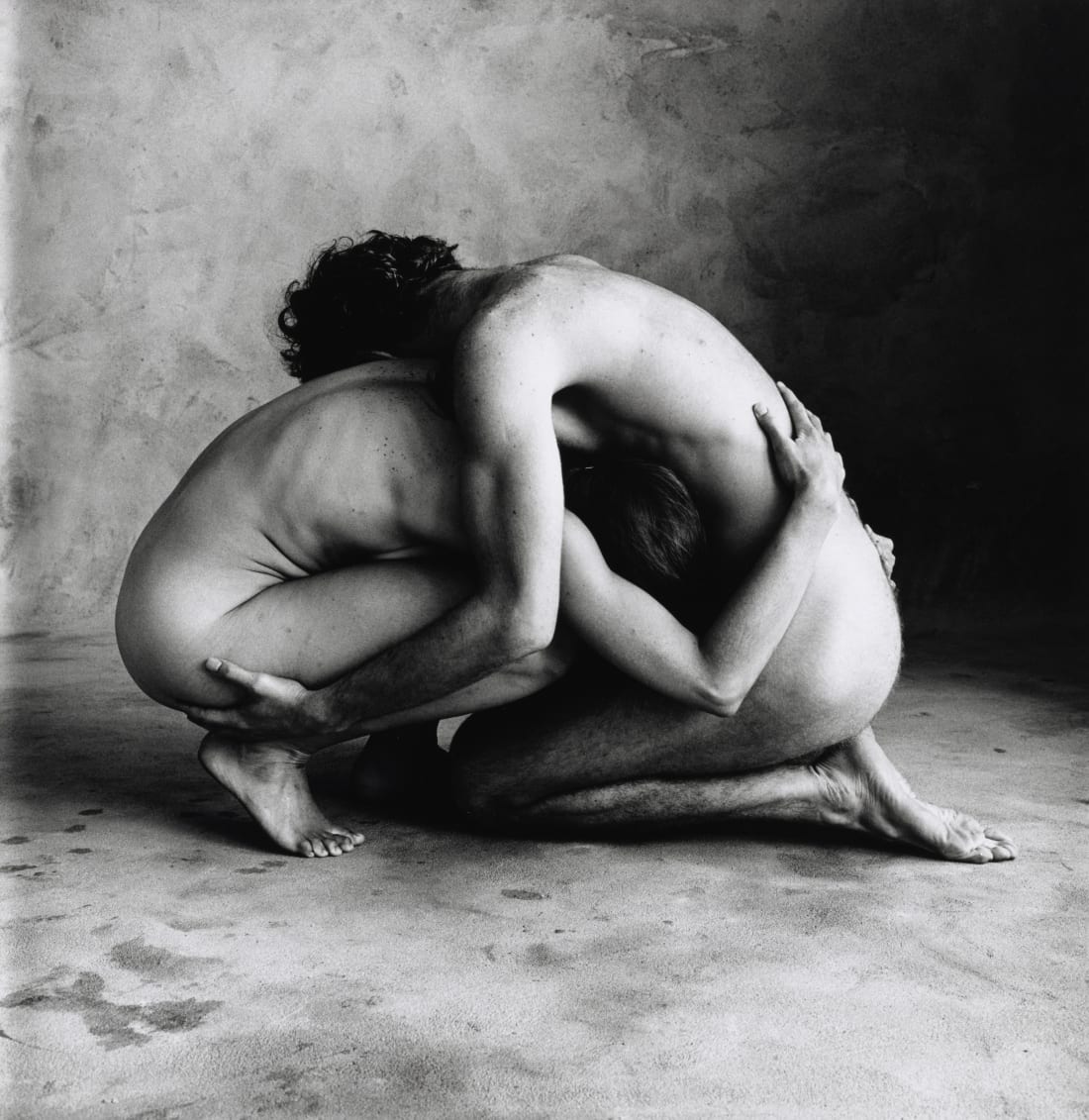
The Bath (G) (Dancers Workshop of San Francisco), San Francisco, 1967
Gelatin silver print, print made 1995
38.6 x 37.8 cm (15.2 x 14.88 in)
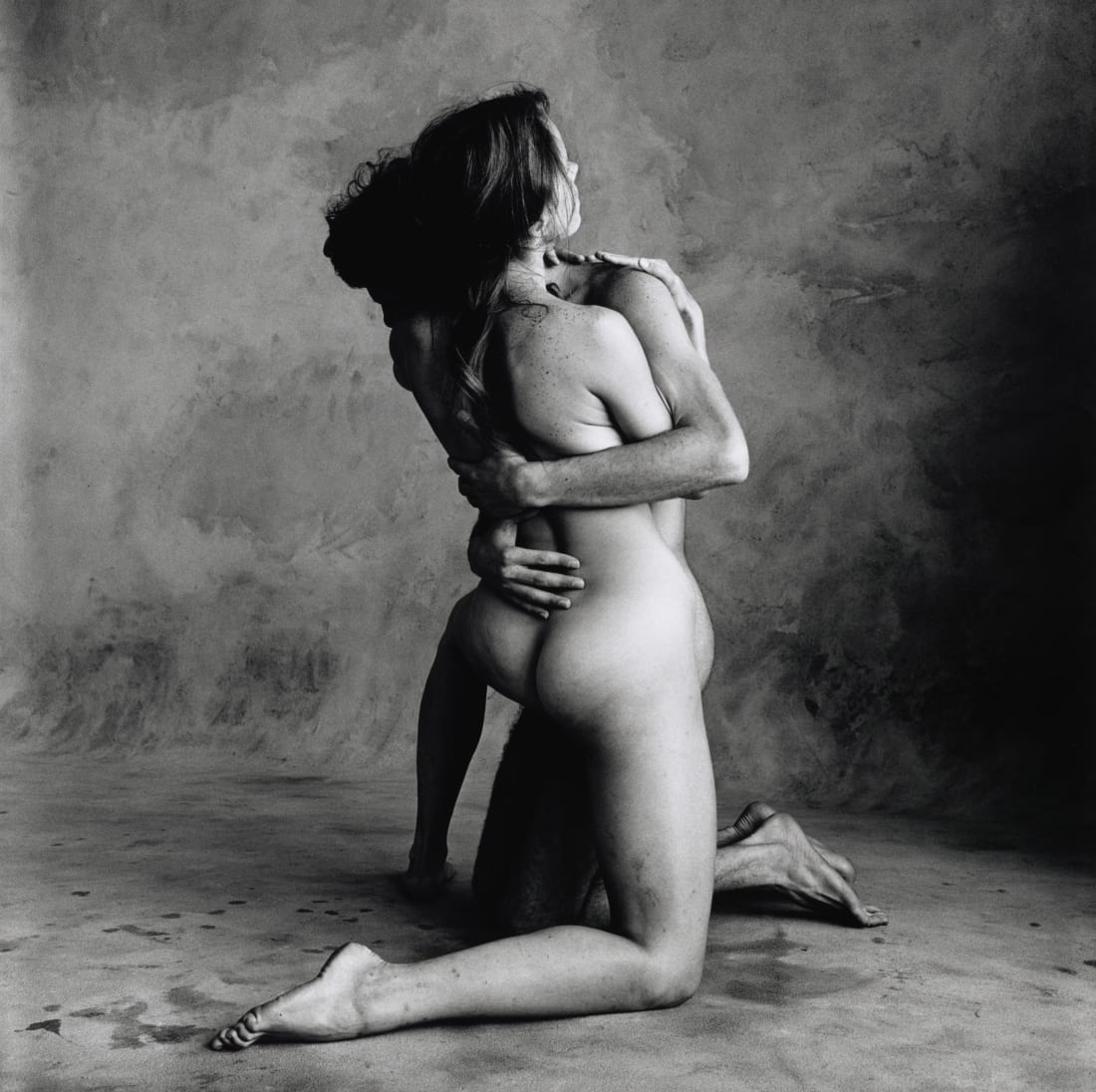
The Bath (H) (Dancers Workshop of San Francisco), San Francisco, 1967
Gelatin silver print, print made 1995
38.9 x 39.1 cm (15.31 x 15.39 in)

The Bath (L) (Dancers Workshop of San Francisco), San Francisco, 1967
Gelatin silver print, print made 1995
39.1 x 39.1 cm (15.39 x 15.39 in)

The Bath (M) (Dancers Workshop of San Francisco), San Francisco, 1967
Gelatin silver print, print made 1995
Dance is breath made visible,’ Halprin said of her approach. Her daring performances were often participatory and rarely took place in traditional stage settings, with one instance leading to a summons for indecent exposure only a few short months before Irving Penn photographed the troupe. In the original performances of The Bath, the nude dancers bathed each other in fountains or using jugs and buckets of water. ‘The performance of the simple action,’ writes Halprin in her notes on The Bath, ‘the natural action, objectifies what is really going on inside the performer’s self.’ Penn omits the containers in his photographs, although fine droplets of water appear here and there on the dancers’ skin, and wet patches remain on the studio floor. When Halprin saw the pictures, she observed that Penn’s compositions put forward ‘the absolute purity of a boy and girl relating to each other in the most magical way, and yet it seemed real. What [the dancers] were left with was creating the essence of the bath, but it had nothing to do with actual bathing anymore.’ Although the majority of the dancers remain unnamed, Halprin’s daughter Daria Halprin can be identified throughout the photographs, her powerful gaze highlighted by Penn in one of the series’ most arresting images. Coming in laterally from the window on the north side of the studio, the daylight wraps itself around the dancers’ bodies as they interlace. ‘The pictures are primarily of embraces,’ Penn remarked upon rediscovering the photographs in 1995, ‘beautiful and touching. Here they are without clothes, there’s love, the gestures are tenderly erotic but certainly not pornographic.’
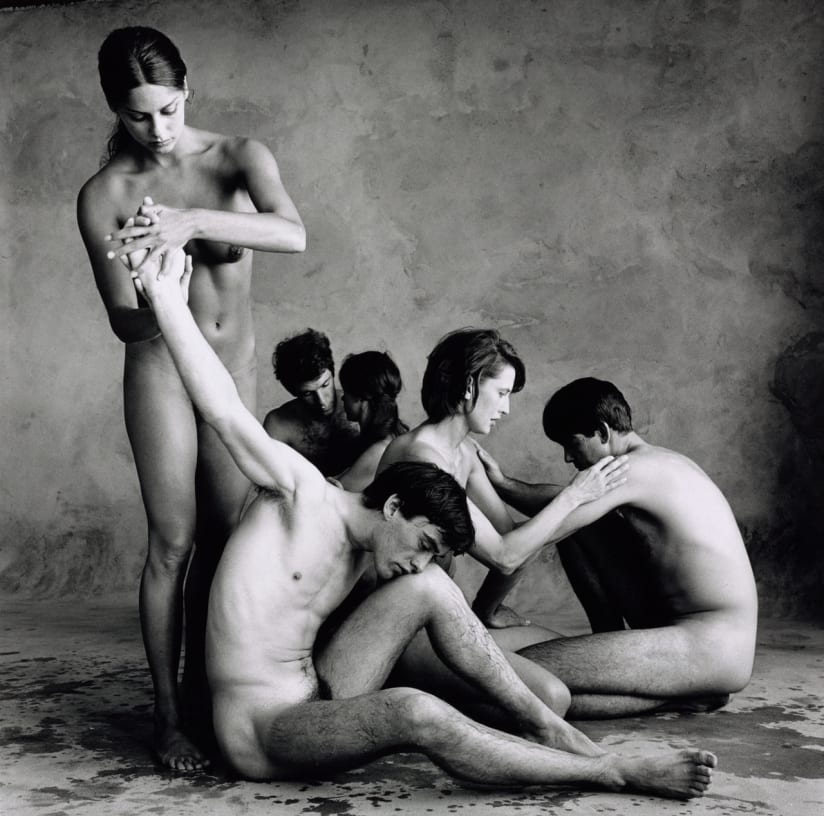
Recent exhibitions of the artist’s work include Irving Penn: Beyond Beauty at the Smithsonian American Art Museum, Washington, D.C. (2015), Centennial at The Metropolitan Museum of Art, New York (2017), which travelled to the RMN - Grand Palais, Paris; C/O Berlin and the Instituto Moreira Salles, São Paulo and Irving Penn, Chefs d’œuvre de la collection de la MEP at the Franciscaines in Deauville (2023). From March 2024, the Fine Arts Museums of San Francisco will present the celebrated Centennial-retrospective, including 196 photographs, spanning every period of Penn’s nearly 70-year career.

